Cigîrleni este un sat şi comună din raionul Ialoveni. Cigîrleni este unicul sat din comuna cu acelaşi nume. Localitatea se află la distanța de 27 km de orașul Ialoveni și la 40 km de Chișinău. Conform datelor recensămîntului din anul 2004, populaţia satului constituie 2424 de oameni. Satul Cigîrleni a fost menționat documentar în anul 1569.
Read more-
Holidays and customs
- National events
-
Folk and religious holidays
- Christmas
- Saint Vasily
- Epiphany
- The Cathedral of the forerunner and Baptist of the Lord John
- The Holy Martyress Tatiana
- The feast of worship honest chains Holy and praised Apostle Peter
- Saint Gregory The Theologian
- The Synaxis of the Universal teachers and hierarchs Basil the Great, Gregory the theologian and John Chrysostom
- The Holy Martyr Trifon
- Saint Valentine
- The Presentation Of The Lord
- The Holy Рarlampi or the Day of Plague
- Dragobete
- The Holy Kasyan
- The Holy 40 martyrs of Sebastia
- The monk Alexis, the man of God
- Annunciation Day
- Palm Sunday
- Easter
- Blessed Easter (Pashtele Blaginilor)
- Saint George
- Transfer of the relics of Saint Nicholas from Myra to Bari
- The Holy equal apostles Constantine and Elena
- Ascension Day of the God Jesus Christ (Ispas)
- Trinity
- Rusaliy
- St. John The Baptist (Synsyene)
- The Holy Apostles Peter and Paul
- Ana-foka
- Kirike Shkopul
- The Holy prophet Ilya
- «Ilie Pelie» and Focka
- The Holy Panthelemon
- Makovey Day
- The Transfiguration Of The Lord
- Assumption Of The Blessed Virgin
- The beheading of the Prophet John the forerunner
- St. Simeon The Stylite
- Miracle Of The Archangel Michael
- Nativity Of The Blessed Virgin
- Exaltation of the Venerable and life-creating cross of the Lord
- Protection Of The Blessed Virgin
- Saint Paraskeva Friday
- The Great Martyr Dmitry (Simedru)
- Holy Archangels Michael and Gabriel
- Introduction to the temple of the MostHoly mother of God
- St. Andrew
- The Great Martyress Barbara
- Saint Sava
- The Holy Hierarch Nikolai
- Conception Of The Blessed Virgin Mary Anne
- Saint Spyridon The Wonderworker
- Temple Feast Day
- Sfîntul Ignatie
- Sfinţii Cosma şi Damian, doctori fără de arginți din Roma
- Sfinții „doctori fără de arginți” Cosma și Damian din Asia
- Family holidays
-
Magical practices and folk beliefs
- Tradițiile lunii aprilie
- Tradițiile lunii mai
- Tradițiile lunii iunie
- Ielele
- Tradiții de Sînpetru
- Păzitul Usturoiului
- Filipii de iarnă
- Martisor
- Strigoi, vîrcolaci, moroi şi pricolici
- Ovidenia
- Spolocania
- Paparudele
- Ouăle roșii
- Drăgaica
- Tradiții și superstiții pe 11 septembrie, la Tăierea Capului Sfîntului Ioan Botezătorul
- Sfînta Maria Mică, tradiții, superstiții și obiceiuri. Ce ai voie și ce nu ai voie să faci
- The days of Baba Dokiya
- Caloianul
Calendar of events
Family ceremonies
The most important aspects of human life, the most prominent ceremonies and spiritual rites are associated with a family and its members.
Family cycle of life include three significant stages: wedding, birth and funeral. Each family honors and observes a lot of relevant rites together with all members of the society.
For the people living between the Prut and the Dniester Christian religion plays a great part. That’s why religious people believe that each of these three events (choice of the spouse, birth of a child or death) is predetermined by the almighty and kind God. This fact symbolizes the humbling, obedience and sanity in all aspects of life of a human-being. All the rites over the course of history involved enormous number of customs and traditions, believes and superstitions, some of which have been lost in time or as we say ‘espoused means lost’.
It’s important to underline that as ethnographical studies prove the celebration of these holidays show a lot of registered variations among the people settling in the area between the Prut and the Dniester, major part of which depends on the region. These ceremonies are observed targeting the same goals everywhere, even if the form of celebration is different and subordinates to plenty of circumstances.
The Wedding rites include series of customs and ceremonies classified as pre-wedding, wedding and post-wedding.
The purpose of pre-wedding phase is to ensure the correct choice, the final decision to tie the lives of two young people, which is carefully thought out, weighed and tested by means of folk customs. The traditions observed on this stage include courtship, engagement, response, agreement on the way of wedding ceremony and other customs crowned by wedding finally.
The foundation for all of these traditions is the goal of creating a strong and happy family for whole life, where wife and husband support each other in difficult times, share all sorrows and joys together.
Another purpose of the family creation is blood reproduction. Children are the successors of the family and the name, heirs of cultural and material values, they support the parents when they get old. Those are children, who should follow their parents to their graves and commemorate them in Christian traditions. As for the wedding, it is obvious that after getting married the girl loses certain priorities (family name, belonging to the family, etc.) and the guy only acquires his wife. Some details can be added to the system of marital customs, for example, the clothes for single young men and girls differ from the clothing worn after the wedding. These and other rules are necessarily met with a change in marital status.
The system of rituals and family events includes holidays devoted to the period of adolescence, such as holidays associated with children and parents’ dates of birth.
Another important ritual is associated with the birth of a child and the celebration ceremony, which is the natural crown of the wedding ceremony. It is a well known proverb saying that “the joy and richness of people are concentrated in their children”; we also believe that for every state “people and their health is the dearest property and wealth”.
Customs and beliefs associated with the rite of birth also include a complex system of superstition, norms, and customs such as period of pregnancy, giving birth to a child and the celebration of his setting foot into this world, the christening in presence of godparents, the celebration of the christening and giving kolaches and fabrics to the godparents as a symbol of kinship, period of raising up a child between the christening and age of one year, further observance of certain customs (first tooth, haircut, weaning, etc.).
A huge number of superstitions and beliefs, norms, and local customs are related to the third family ritual of a death of the person.
As well as two other important stages of life (marriage, birth) funeral rite has its purpose, as well as a series of superstitions and beliefs. There are omens foretelling the death of a family member: dreams, howling of dogs, singing of cuckoos or chickens, falling of icons, etc. After a person dies there is a number of rules: bathing, dressing, cleaning the house, preparing for the burial, mourning, memorial tables and other traditions associated with the cult of the ancestors.
The unexpected death of young people in particular brings elements of the wedding ceremony to the funeral ritual (bride and groom's clothes, wedding bands and flowers). We should note that the superstition associated with a human death contain many archaic elements, regionalisms and local aspects of the funeral process.
© Moldovenii.md all rights reserved.
Is forbidden to copy the materials without the owner’s consent.
The information published on the site can be taken only by indicating the source www.moldovenii.md .
If you have any questions please contact us by email: support@moldovenii.md
www.moldovenii.md does not support and does not promote any of the political parties.

 0
0 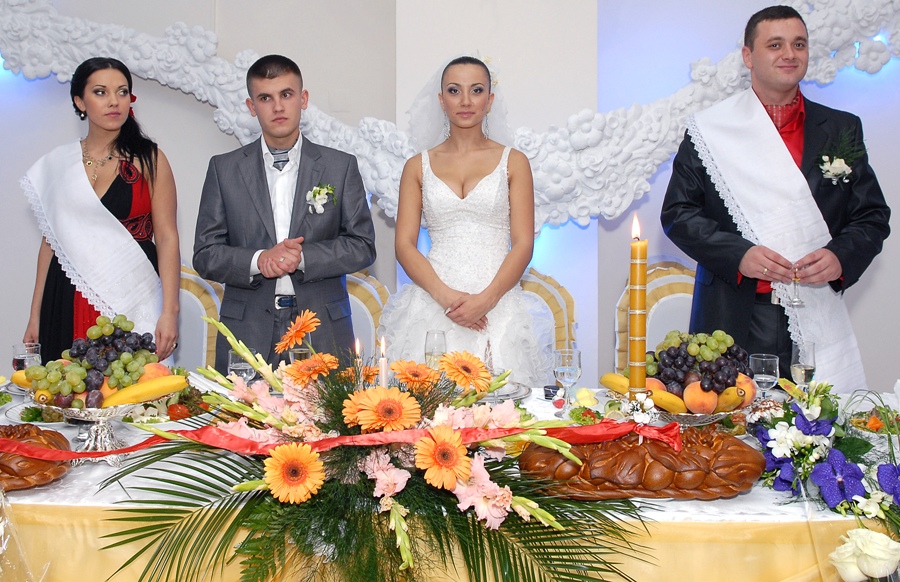

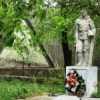
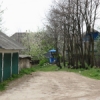

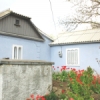
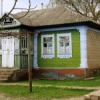
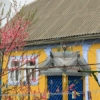

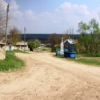
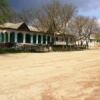











 My playlists
My playlists